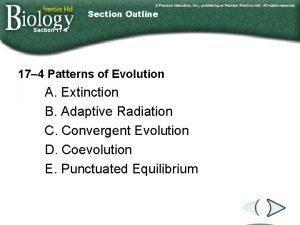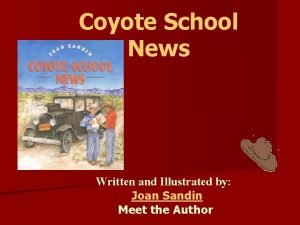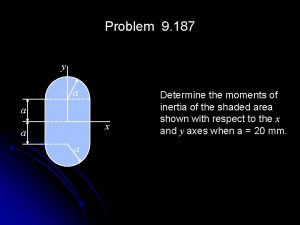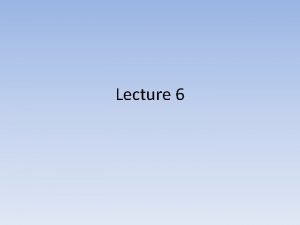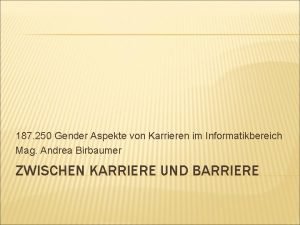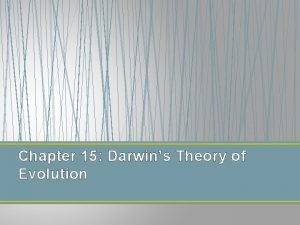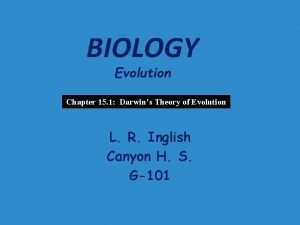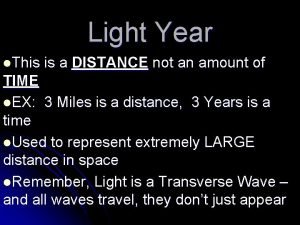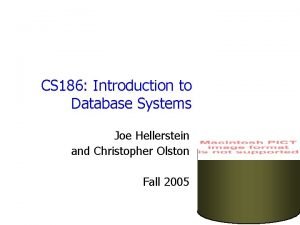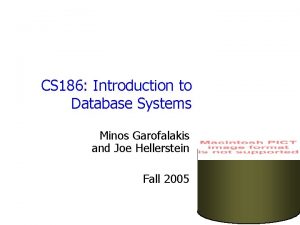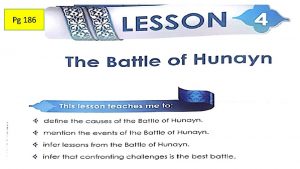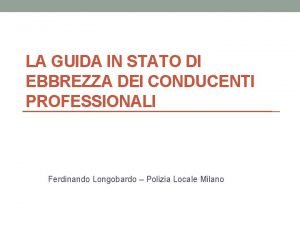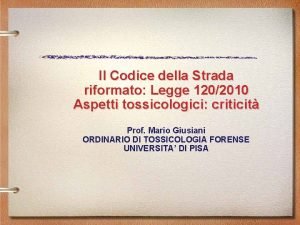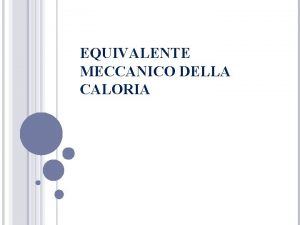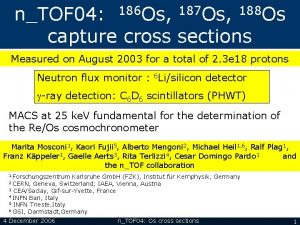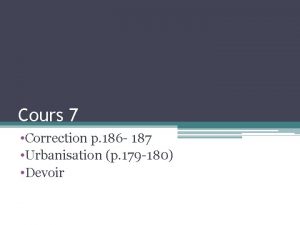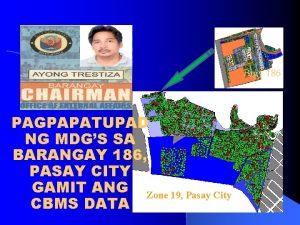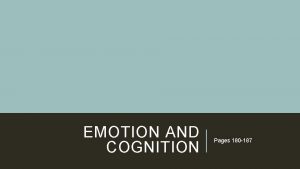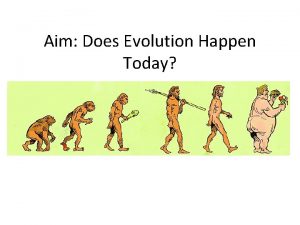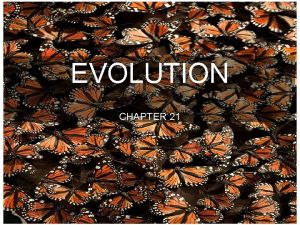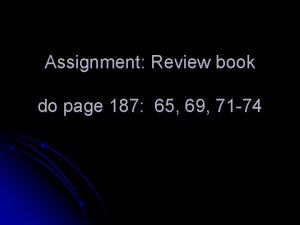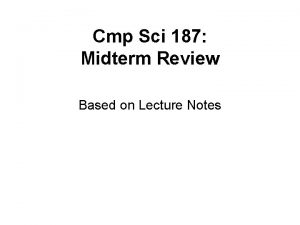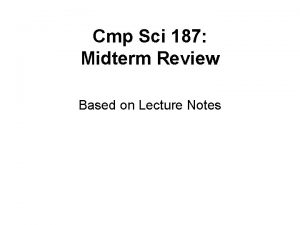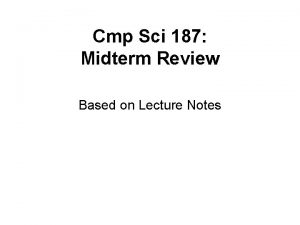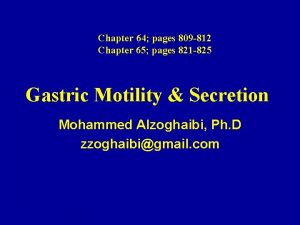Evolution Chapter Review Pages 186 187 Chapter Review




























- Slides: 28

Evolution Chapter Review Pages 186 -187

Chapter Review n 1. When a single population evolves into two populations that cannot interbreed anymore, speciation has occurred.

Chapter Review n 2. Darwin’s theory of natural selection explained the process by which organisms become well-adapted to their environment.

Chapter Review n 3. A group of organisms that can mate with each other to produce (fertile) offspring is known as a(n) species.

Chapter Review n 4. The fossil record provides information about organisms that lived in the past.

Chapter Review n 5. In selective breeding, humans select organisms with desirable traits that will be passed from one generation to another.

Chapter Review n 6. A(n) adaptation helps an organism survive better in its environment.

Chapter Review n 7. Populations of insects and bacteria can evolve quickly because they usually have a short generation time.

Chapter Review n 8. Fossils are commonly found in n A. sedimentary rock.

Chapter Review n 9. The fact that all organisms have DNA as their genetic material is evidence that n B. all organisms may have descended from a common ancestor.

Chapter Review n 10. Charles Darwin puzzled over differences in the ______ of the different species of Galapagos finches. n b. beaks

Chapter Review n 11. Darwin observed variations among individuals within a population, but he did not realize that these variations were caused by n C. differences in genes.

Chapter Review n 12. Identify two ways that organisms can be compared to provide evidence of evolution from a common ancestor. n 1)Living organisms can be compared in terms of body structures with other living organisms and with organisms from the fossil record. 2)Also, the DNA of living organisms can be compared.

Chapter Review n 14. Why are some animals more likely to survive to adulthood than other animals are? n Those animals that are better adapted to the conditions of their environment, including competition with other organisms, are more likely to survive to adulthood.

Chapter Review n 16. Outline an example of the speciation process. n A single population of squirrels may have been separated by the Grand Canyon. Over many generations, they adapted to their different environments and became very different. Even though they look similar, they are no longer able to interbreed.

Chapter Review n Another example n In a lizard population there was variation in leg size which affected climbing ability. Some lizards were able to climb trees while others remained on the ground. Over many generations, the 2 groups of lizards adapted to their environments and became different in many ways even though they still looked similar. Eventually, they could no longer interbreed.

Chapter Review n 21. Using the graphs in the book, what is the most common birth weight? n About 7 pounds

Chapter Review n 22. At which birth weight is an infant most likely to survive? n About 7 pounds

Chapter Review n 23. How do the principles of natural selection help explain why there are more deaths among babies whose birth weights are low than among babies whose birth weights are average? n The infants who are best adapted to survive birth are those that weigh about 7 pounds.

Chapter Review n What is ecological succession: n A series of progressive changes in plant and animal life in an area that leads to a climax community

Chapter Review n What is a climax community? n A relatively stable community of organisms that results from ecological succession

Chapter Review n List 3 ways primary succession and secondary succession are different. 1)Primary succession begins with no soil; secondary succession begins with soil. n 2)They have different pioneer species. n 3)Secondary succession occurs faster. n

Chapter Review n n n List 1 identifying characteristic of each of the 5 classes of vertebrates. 1)Mammalia: warm-blooded; hair or fur; mammary glands 2)Aves: warm-blooded; feathers; hollow bones 3)Reptilia: cold-blooded; scales; lay eggs on land 4)Amphibia: cold-blooded; live part of life in water & part on land; lay eggs in water 5)Pisces: cold-blooded; live in water

Chapter Review n Snowshoe hares experience a change in fur color from brown in summer to white in winter. How do you think fur color would be different if the snowshoe hare moved to a warmer climate yearround for many generations? n Those hares whose genes allowed them to keep their brown fur longer, would be better adapted and would survive to reproduce. This trait would become more and more common. Eventually, the population would have brown fur all year long.

Chapter Review n Some scientists believe that leopard frogs in North America came from a common species. Today, leopard frogs from different parts of the continent can no longer interbreed. Which statement describes the best explanation for this change? n n A. Mating with another species of frogs causes genetic mutations. B. Climate changes over time cause species extinction, which can result in a very small gene pool. C. Mating with different populations throughout North America causes unique species to form. D. Geographic isolation from other populations can result in unique species. n D

Chapter Review n Arctic foxes have thick fur on the bottom of its paws. Red foxes do not. Which evidence of species variation does the difference in feet represent? n n A. Parasites caused the red fox to lack fur on paw bottoms. B. Landforms can sometimes isolate animals in a population. C. Climates require different adaptations for animals to survive. D. Different diets caused the arctic fox to have fur on the bottom of its paws. n c

Chapter Review n Sometimes physical separation due to mountains or distance can cause organism originally of the same species to adapt to new environments that may cause them to no longer be able to interbreed. Which statement describes the best explanation for this change? n n A. Climate changes cause extinction. B. Mating with another species causes mutations. C. Geographic isolation from other populations can result in unique species. D. Mating with different species causes new species to form. n C

Chapter Review
 Printed pages vs web pages
Printed pages vs web pages Lesson 17: patterns and processes of evolution
Lesson 17: patterns and processes of evolution Apocalipsis 12 17
Apocalipsis 12 17 187 meaning
187 meaning Convenio n° 187
Convenio n° 187 Ayaid
Ayaid Himno 187
Himno 187 187
187 Impiego operativo di campagna - l. 187/76, art.17 (1/5)
Impiego operativo di campagna - l. 187/76, art.17 (1/5) Rsause
Rsause Art 188 lgt
Art 188 lgt H 187
H 187 187/250
187/250 Chapter 16 evolution of populations vocabulary review
Chapter 16 evolution of populations vocabulary review Chapter 15 darwin's theory of evolution section 15-1
Chapter 15 darwin's theory of evolution section 15-1 Chapter 15 darwin's theory of evolution section 15-1
Chapter 15 darwin's theory of evolution section 15-1 How fast is light speed
How fast is light speed Schema operativo art 186 c.d.s. 2021
Schema operativo art 186 c.d.s. 2021 186 000 miles/sec in mph
186 000 miles/sec in mph Joe hellerstein’s berkeley cs 186
Joe hellerstein’s berkeley cs 186 Joe hellerstein’s berkeley cs 186
Joe hellerstein’s berkeley cs 186 Joe hellerstein’s berkeley cs 186
Joe hellerstein’s berkeley cs 186 Pg 186
Pg 186 Guida ebbrezza
Guida ebbrezza Art 186 cds
Art 186 cds Equivalenza joule calorie
Equivalenza joule calorie 186 282 miles per second into meters per second
186 282 miles per second into meters per second 186
186 590 bis procedibilità
590 bis procedibilità

